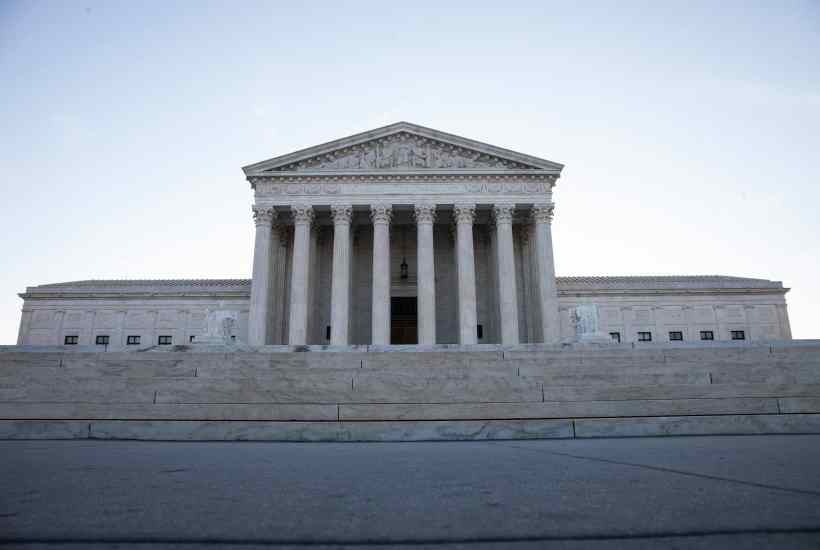The leak of a Supreme Court Justice’s draft opinion that would overturn the constitutional right to an abortion has reignited perhaps the most divisive American cultural issue of the last 50 years. Justice Samuel Alito has laid out the case for reversing Roe v Wade, the 1973 landmark decision that enshrined the right of American women to seek a termination of their pregnancy.
Already a subscriber? Log in
Subscribe for just $2 a week
Try a month of The Spectator Australia absolutely free and without commitment. Not only that but – if you choose to continue – you’ll pay just $2 a week for your first year.
- Unlimited access to spectator.com.au and app
- The weekly edition on the Spectator Australia app
- Spectator podcasts and newsletters
- Full access to spectator.co.uk
Or




















Comments
Don't miss out
Join the conversation with other Spectator Australia readers. Subscribe to leave a comment.
SUBSCRIBEAlready a subscriber? Log in